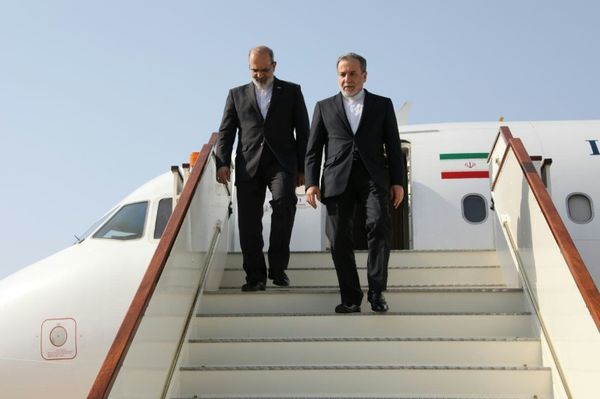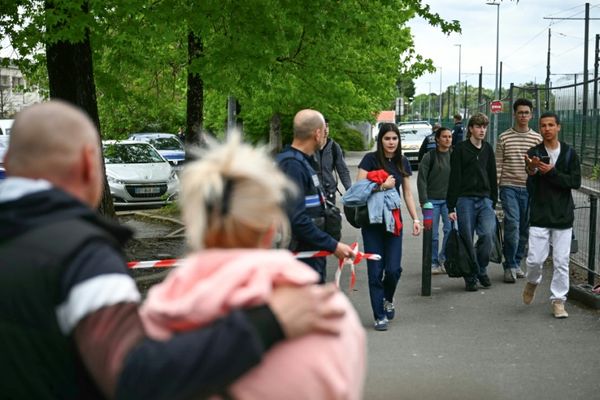
The eponymous home of the Queenslander is one of space, light and air – sprawling timber houses with wide verandas surrounded by lawn and gardens.
The good people of the sunshine state, however, have been told they will need to embrace more dense forms of living if they want the state to navigate a path out of its housing crisis.
But don’t worry, they’re told, it will be gentle.
In her closing speech to the affordable housing summit on Thursday, the state’s premier, Annastacia Palaszczuk, said the key words of the day were “gentle density”.
“Families want to live close to each other, and that’s the problem,” Palaszczuk said.
“The prices of housing, the rents are forcing people to move away to outer suburbs away from their friends and family. So how do we do that gentle density to keep families and communities together?”
The phrase was also picked up by the state’s housing minister, Leeanne Enoch, in summarising the discussion of the working group she led at which she said the “conversation around gentle density was very strong”.
“And certainly we had some strong conversations about co-housing and other ways that we might be able to ensure that we can get more people under more roofs on smaller blocks of land,” she said.
So what does gentle actually mean in the context of density? The man who brought the phrase to the summit, the Planning Institute of Australia’s Matt Collins, told the Guardian it meant building more townhouses, micro-lot houses and more triplexes.
The idea is to accommodate the state’s booming population in existing suburbs, rather than expanding greenfield developments on the fringes of cities that lack public transport and other infrastructure.
Collins said that many Queensland communities were already experiencing rapid change and that planners and developers needed to make sure the community was “taken on the journey with that change” with well-designed new builds.
“We’re really pleased that there is a high level of interest and engagement in delivering more housing diversity,” he said after the summit.
Representatives of the property industry told the summit they had a key role to play in bringing about that change, but said they were too often “demonised” as “greedy price-gougers”.
The Property Council of Australia’s Queensland executive director, Jen Williams, told the summit that developing had “become a dirty word”.
“And it absolutely shouldn’t be,” she said. “Developers are the ones who are building schools, hospitals, houses, our infrastructure, and yet they get demonised and get called, like, price gougers and you’re only in it for the money.”
Williams said there was “a demonisation of investors” too, but that “we don’t have housing without investors”.
The deputy premier and minister for planning, Steven Miles, said that those permitting and building new housing stock were partly to blame for “what might be a negative view around density”.
“We thought that, in some ways, community perception had been let down, or we let the community down with bad design,” he said in summarising, the discussion of his working group. “And so getting the design right matters.”
Councils have come under pressure in recent weeks to enable more density in their planning schemes, but Local Government Association of Queensland president and Sunshine Coast mayor, Mark Jamieson, said planners could “only facilitate” development, not deliver it.
He said that there were “just under 100,000 approved lots … yet to be completed by industry”, about 60,000 of which were in south-east Queensland.
“You might ask yourself, well, what’s the reason for that?” he said.
“Is it land banking? Is changing market conditions, which I think is quite radical at present, is it the investment that’s required in additional infrastructure that is needed to service those communities, particularly if they’re on the outer edges, where transportation challenges are a big issue?”
The premier said that she would table an outcomes report from the summit in parliament in November.










